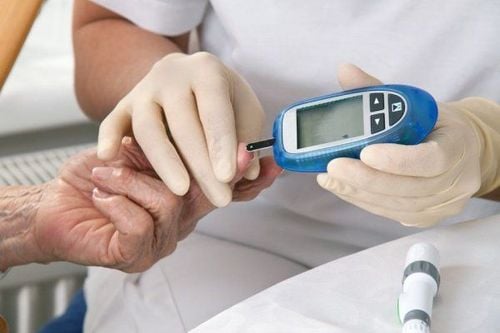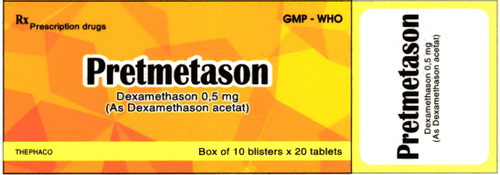This is an automatically translated article.
Latent autoimmune diabetes in adults is often confused with type 2 diabetes because of its onset after the age of 25-30 years and the initial manifestations of type 1 diabetes with those of the younger form of diabetes. type 1 sugar.
1. Why is it called latent autoimmune diabetes in adults?
Latent autoimmune diabetes in adults, also known as LADA diabetes. In the early stages, latent autoimmune diabetes in adults presents as type 2 diabetes, but resembles the younger form of type 1 diabetes, so it can also be called type 1.5 diabetes.
Called latent autoimmune diabetes in adults is due to the intertwined pathogenesis, clinical manifestations, biology, disease course, treatment requirements not according to recommendations.
This is an inherited autoimmune disease in which the body recognizes the pancreas as a foreign organ and responds by attacking and destroying the insulin-producing cells in the beta island of the pancreas.

Đái tháo đường tự miễn tiêu huỷ những tế bào sản xuất insulin ở đảo beta của tuyến tụy
2. Latent autoimmune diabetes features in adults
2. 1. Genetic traits
Type 1.5 diabetes is associated with genes HLA-DRB1, INS-VNTR, PTPN22 (like type 1) and gene TCF7L2 (like type 2). In patients with type 1.5 diabetes, the HLA genotypes were associated with an increased risk of developing insulin dependence compared with the low-risk HLA genotypes. However, the propensity to progress to insulin dependence in patients with type 1.5 diabetes depends on many factors. Autoantibodies, the higher the patient's level of autoantibodies, the faster the progression and vice versa. Several other factors such as low body mass index, leukocyte antigen profiles, Thyroid peroxidase antibody (anti-TPO) (+) count, and female sex increase the risk of progression to insulin dependence.
2.2. Features of immunity
Autoimmune type 1.5 diabetes loses β-cells to destruction less than childhood-onset type 1 autoimmune diabetes. The expression of genes associated with HLA was less and the presence of autoantibodies was also less. People diagnosed with type 2 diabetes who are not obese may develop type 1.5 diabetes. The autoantibodies GADA, IA-2A are common in type 1.5 diabetes. In children, GADA autoantibodies generally appear later (at age 5 years) than with IAA autoantibodies (at 2 years of age).
2.3. Transformational features
Patients with type 1.5 diabetes often need insulin treatment earlier after being diagnosed than with type 2 diabetes. Later on, the decrease in β-cell function becomes more and more obvious. People with type 1.5 diabetes often have a lower metabolic rate of triglycerides, higher levels of HDL-C; lower body mass index (BMI), waist-to-hip ratio, and lower blood pressure. Patients with type 1.5 diabetes with higher GADA levels have less metabolic syndrome than patients with lower GADA levels. Insulin resistance in patients with type 1.5 diabetes was higher than in healthy subjects but equal to or lower than in patients with type 2 diabetes and was dependent on body mass index.

Người bệnh đái tháo đường type 1,5 cần điều trị insulin sớm
2.4. Clinical and paraclinical features
Type 1.5 diabetes has similar clinical features to type 2 diabetes in the early stage. However, in people with type 1.5 diabetes, there are some differences from people with type 2 diabetes, including:
Usually onset <50 years of age Drinking a lot of water leads to frequent urination and unintentional weight loss. body mass index (BMI) <25 kg/m2 Patients often have autoimmune disease or have a family with autoimmune disease (HLA related to DR3/DR4) For detailed advice, please go directly to the system Vinmec health system or register online HERE.













